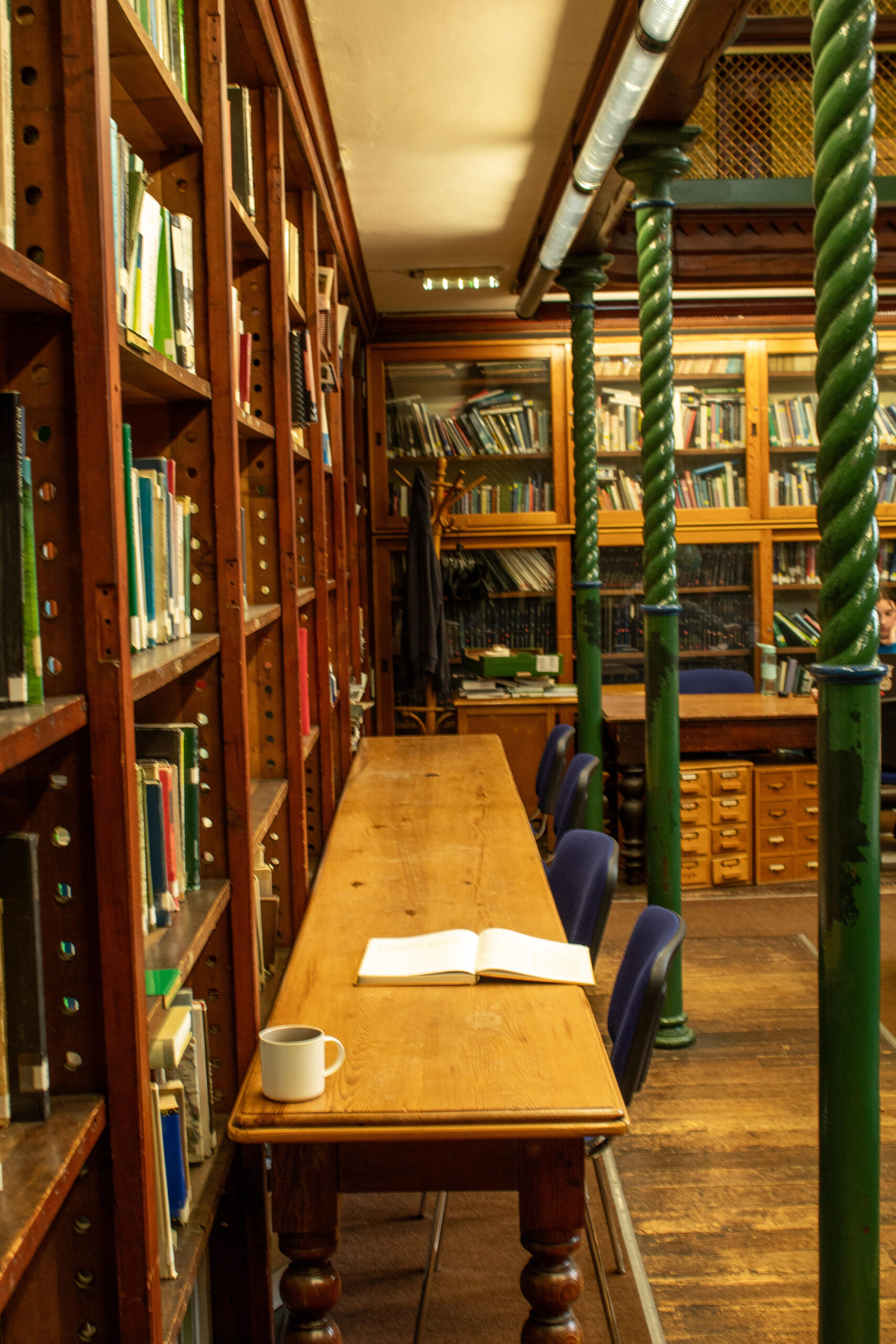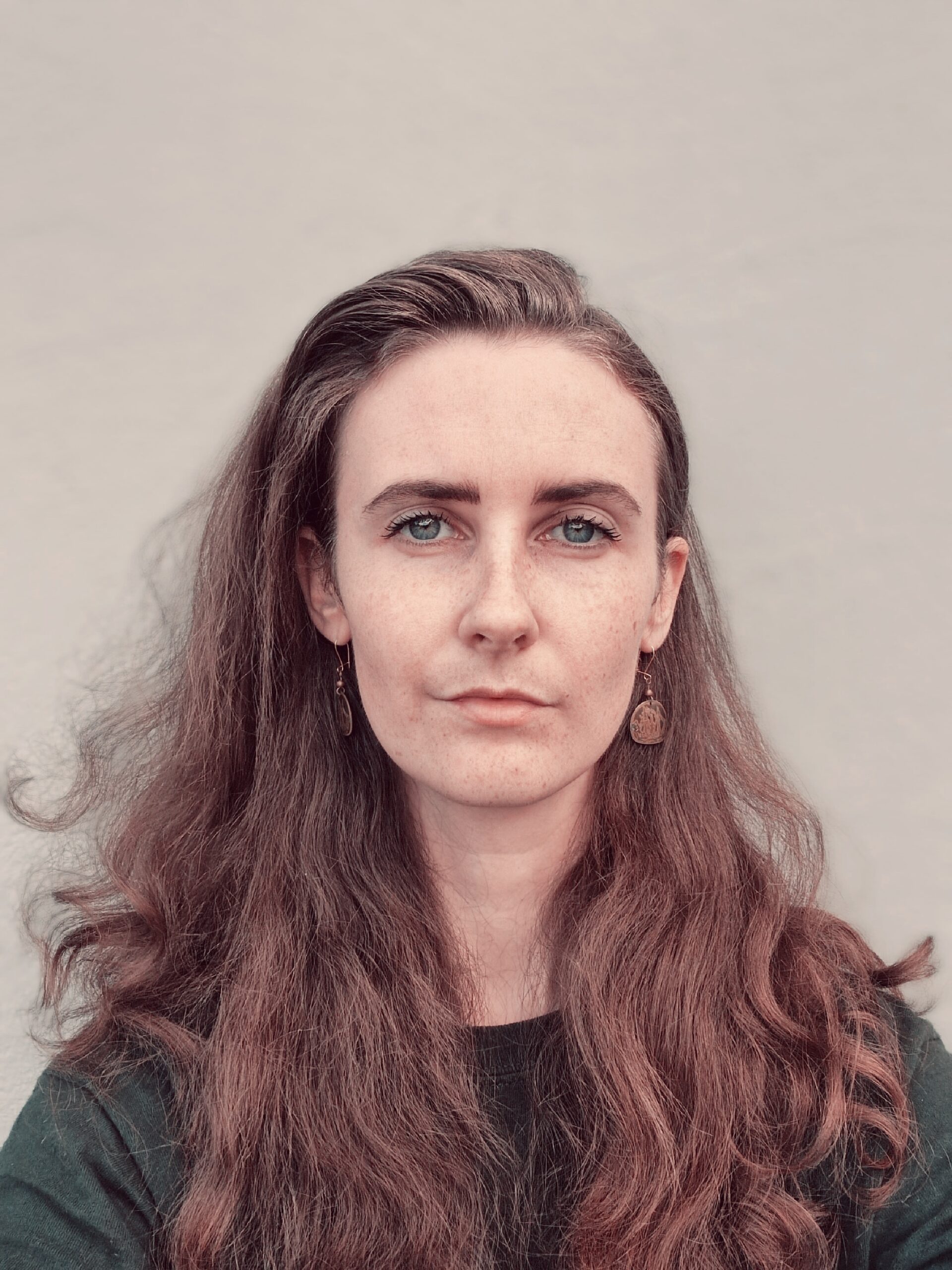Rónán Burtenshaw
Deputy Editor
This year has seen massive student demonstrations against the neoliberal restructuring of higher-level education in Latin America. Protests of hundreds of thousands of people in Santiago, Chile are the centerpiece of student activism in a region that has also seen mass protests in Mexico, Puerto Rico and Colombia.
2011’s student protests in Chile are the latest flashpoint in a long battle to reform Chile’s education system to create greater equality of access. Currently less than half of Chile’s secondary school population is in the public school system, while a majority of universities are also private. Protestors have been highlighting the high level of inequality in Chile’s higher-education system, which has seen no new universities built since the Augusto Pinochet era despite burgeoning demand from students.
University students in Chile are represented by the Confederation of Chilean Student Federations (CONFECH). CONFECH’s proposals for the higher-education system in Chile have focused around a free public education system supported by the state that offers a “more equitable admissions process” and an end to “for-profit” systems of education. Loose organisations of high-school students have also been involved in the protests after issuing similar demands.
In May of 2011 student leaders, including CONFECH’s President Camila Vallejo Dowling, who is of Irish descent, and her deputy Giorgio Jackson, began a series of protests including marches, occupations, flash mobs and kiss-ins. These demonstrations built into a march of around 100,000 people on June 30th. Organisers said the movement took inspiration from 2006’s ‘Penguin Revolution’ in Chile when 790,000 Chilean students participated in a strike against the education system.
In July, after rejecting the government’s GANE plan for education reform, tens of thousands of students continued to protest in Chile’s capital, Santiago, forcing the replacement of the Minister of Education. Two further government proposals were also rejected and opposed by marches involving hundreds of thousands in Santiago. The second protest, which was a co-operative venture with a national union engaged in a general strike, involved as many as half-a-million people across the country over two days.
Negotiations between the student movement and the centre-right Chilean government broke down last month amid public recriminations from both sides. Vallejo and Jackson dismissed government proposals accusing them of ‘lacking the political will’ for reform and attempting to divide the student movement. A government spokesman blamed the ‘ultras’ in the student movement, accusing them of ‘intransigence’.
Despite polls in August showing that between 72 and 81% of Chileans support the student protests the struggle has been dangerous for student leaders. In August a 19-year-old student leader, Alan Mancilla, was murdered in his home. A 16-year-old boy was shot dead during protests in the same month, which also saw a 15-year-old girl receive a gunshot wound. Camilla Vallejo and other student leaders have armed police guards after death threats. Over 500 police and many hundreds of students have reportedly been injured while nearly 2,000 arrests have been made.
Massive student demonstrations have taken place in Colombia in opposition to the government’s proposed Ley 30 education reforms. Tens of thousands of protestors brought the capital city of Bogota to a standstill on October 26th and November 3rd, closing off the city centre for hours, with large demonstrations also taking place in other cities. Despite the government’s withdrawal of the law – which student groups alleged was part of a ‘privatisation’ of higher-level education – a demonstration was held in Bogota on November 10th that drew, with union support, as many as one hundred thousand protestors.
In Puerto Rico in February student demonstrations against a fifty-percent tuition fee increase saw tens of thousands march following a university walk-out. Arrests were made after hundreds of students engaged in an occupation that led to the resignation of the President of the largest university in the United States territory, the University of Puerto Rico.
The last two years have seen protests against fee increases and education inequality in Mexico. Thousands of students and staff have engaged in protests in many major cities, including Mexico Ciy, Guadalajara and Oaxaca. Mexico has long been central to Latin American student activism, with the 1968 Tlatelolco student massacre and 1999 UNAM mass-action strike just two high-profile incidents. Student protests against inequality in education and fee increases have also taken place in Argentina. Last Tuesday more than 300 Brazilian riot police forcibly cleared a university building that students protesting random searches and arrests for marijuana possession had occupied in the University of Sao Paulo.
There have been demonstrations in countries swept by Latin America’s recent ‘pink tide’ of centre-left governments as well. On December 23rd in Caracas, Venezuela hundreds of students protested President Húgo Chávez’s education reforms. The students of the Central University of Venezuela, long a flashpoint of middle-class opposition to Chávez, were met with water canons as they clashed with police.
In Bolivia President Evo Morales has faced down student protests in most of the country’s major cities over his government’s violent crackdown on indigenous rights protestors. Mr. Morales, one of the region’s first indigenous leaders of the modern era, has defended his administration’s decision to build a 300-kilometre highway through the lands of 16 indigenous tribes, whose total population numbers around 50,000.







